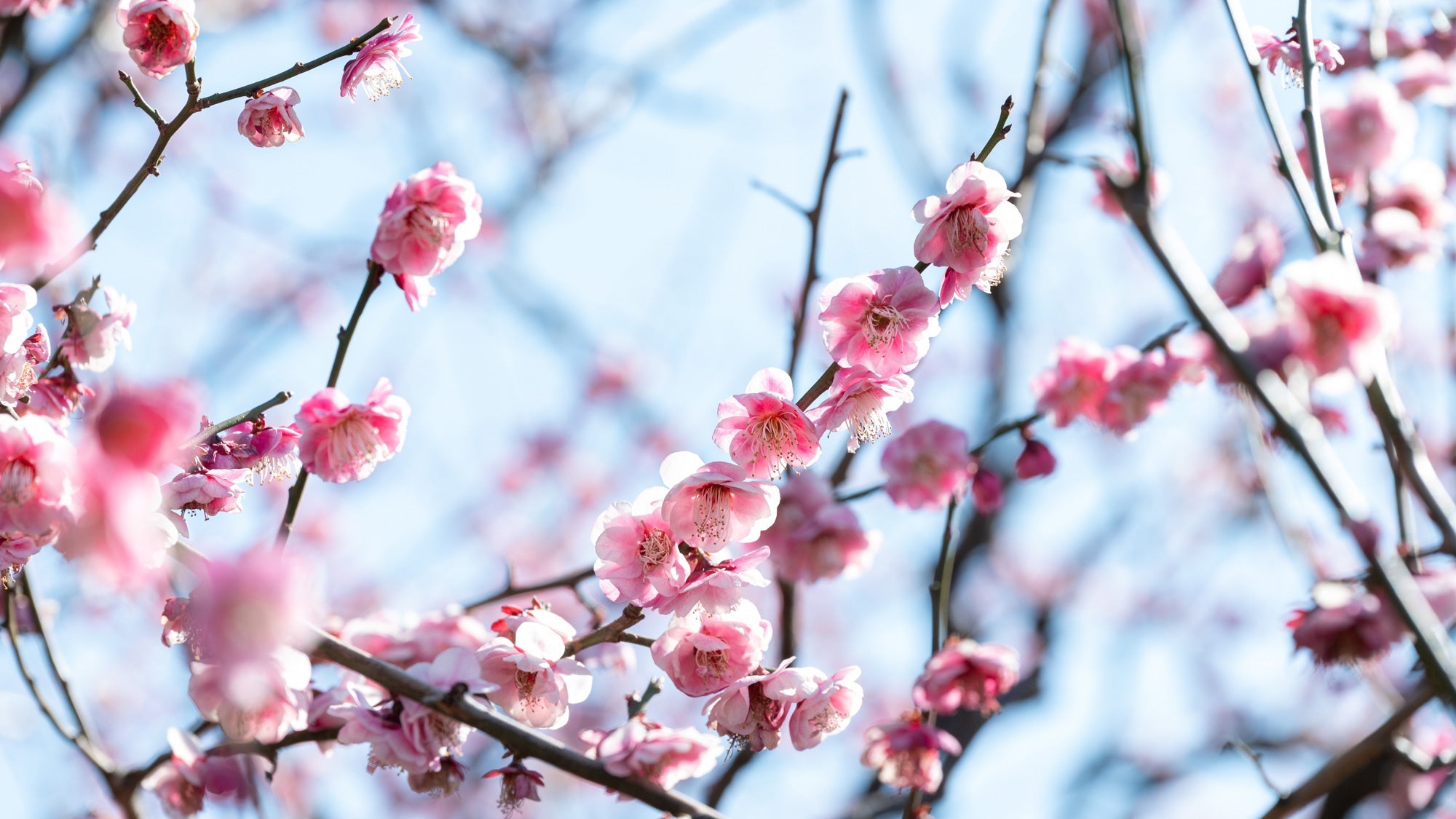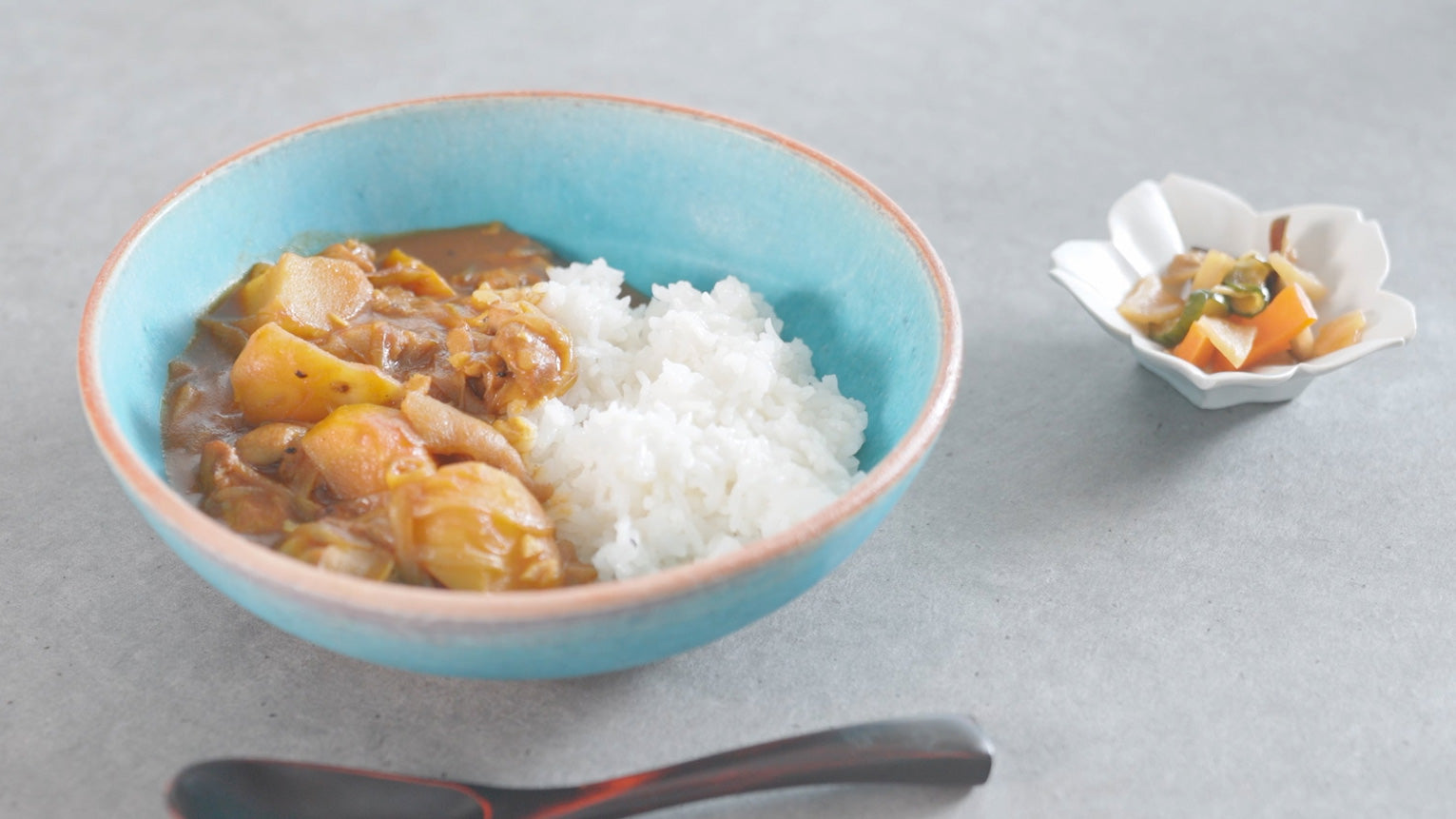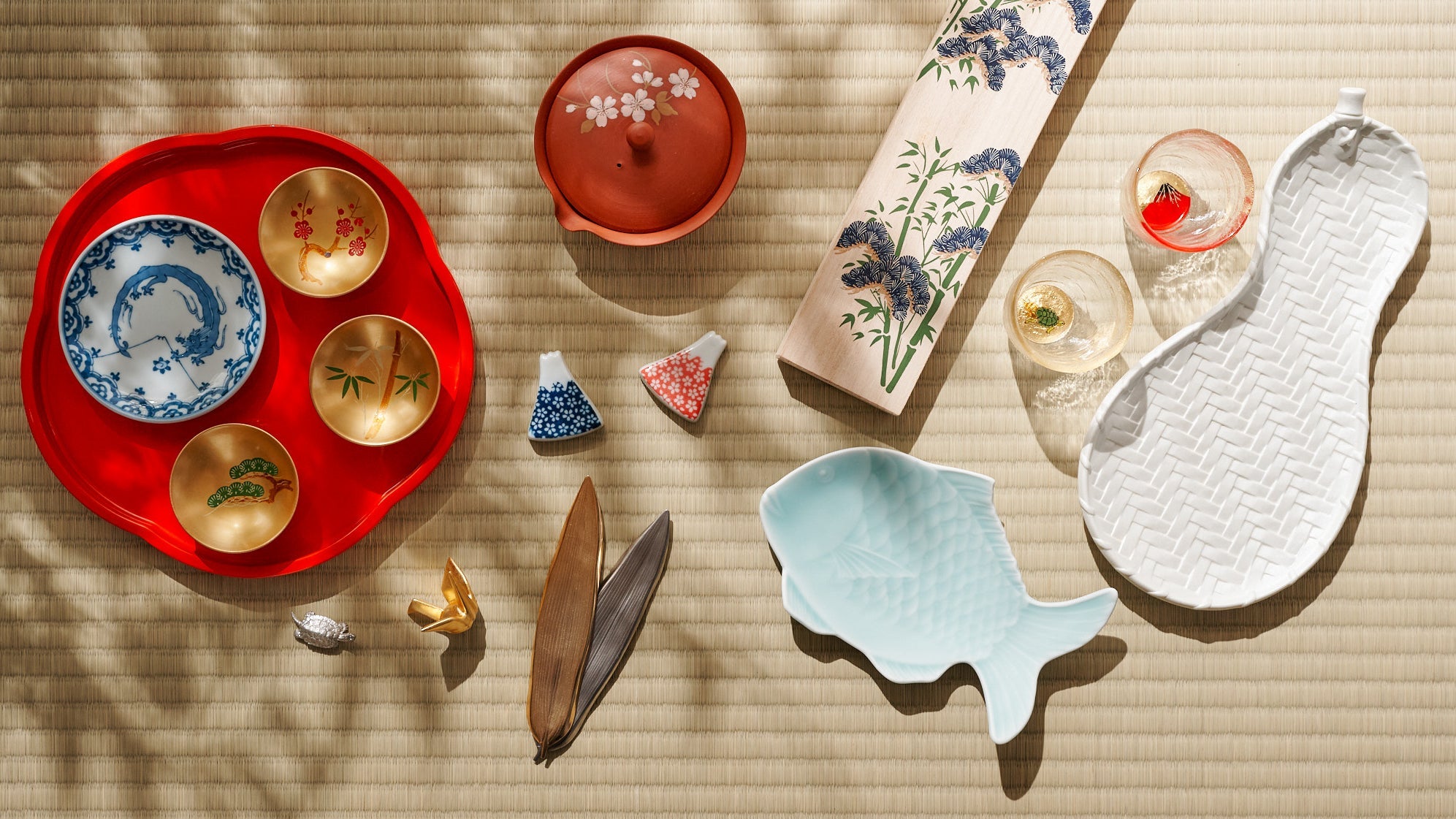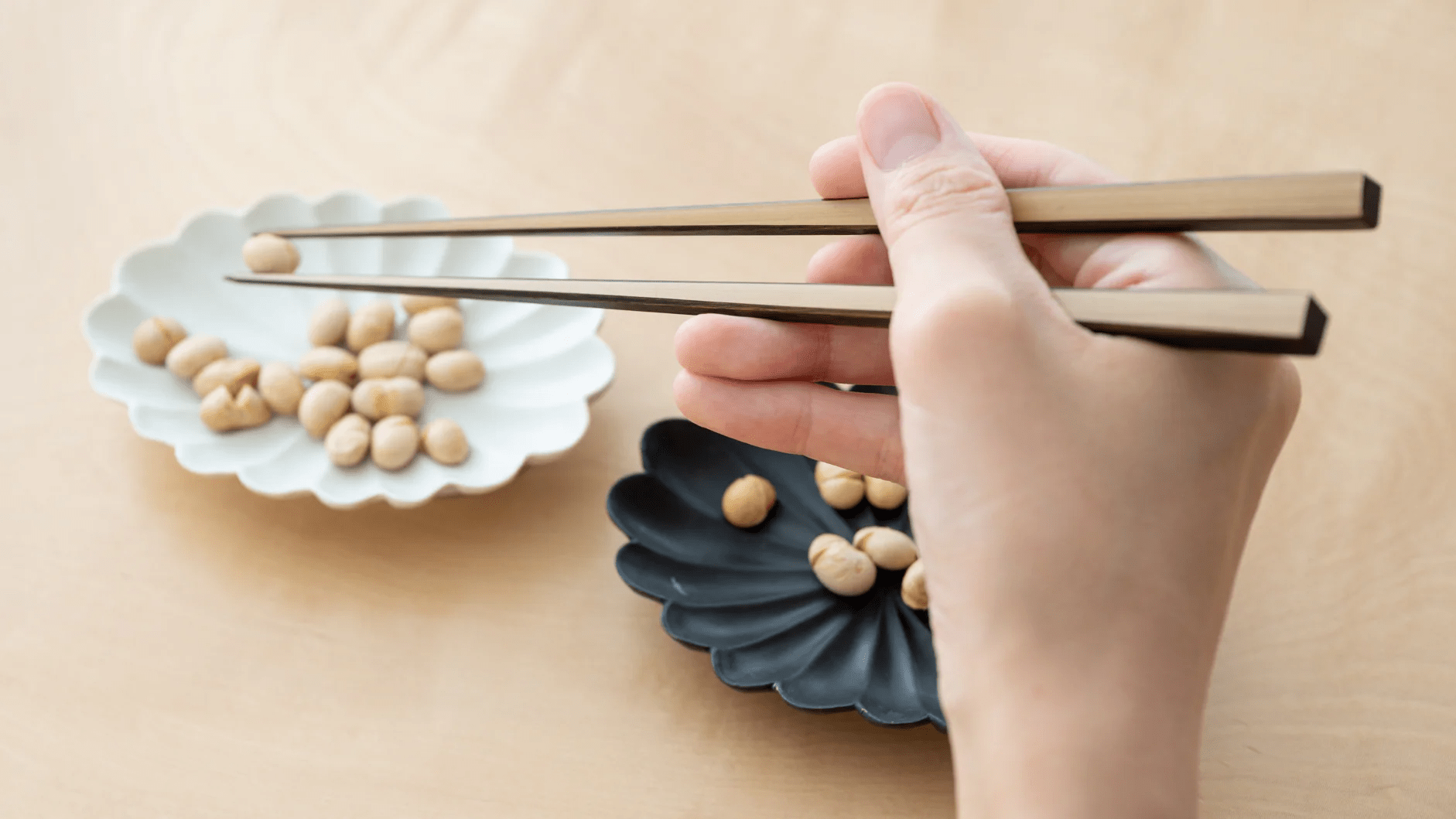
Plum Blossom Hanami: A Trip to Ikegami Plum Park
Written by Rebecca Menasché
Many people outside of Japan have heard of sakura hanami, or cherry blossom viewing parties, but what you may not know is that the tradition of plum blossom viewing has an even longer history. Plum blossoms bloom in late winter, and their aesthetic beauty and incredible scent have made plum groves a popular destination. So come along with Team Musubi as we visit a famous Tokyo plum blossom grove, Ikegami Baien, and introduce the unique Japanese pastime of plum blossom hanami.
Table of contents
The Poetic History of Plum Blossom Hanami

Plum trees were introduced to Japan from China around the end of the third century CE, and quickly made their mark on the archipelago. Japanese aristocrats enjoyed plum blossom viewing parties as early as the Nara period (710–794 CE). Based on the poems of the Man’yoshu (c. 600–759 CE), the oldest Japanese poetry anthology, these parties appear to have involved a great deal of sake, flower wreaths adorning nobles’ hair, and rowdy merry-making. Although cherry blossoms do also feature in the Man’yoshu, they appear in bittersweet, rather than festive, contexts. Plums are also mentioned about three times as often, alluding to their popularity.
So when and why did the shift from plum to cherry blossom viewing parties happen? It was a gradual process that occurred during the Heian period (794–1185 CE). Several factors seem to have converged. First, cherry trees were already seen by farmers as the homes of the sacred god of grain, probably due to the trees’ utility as a seasonal calendar. Based on when they bloomed, farmers would judge when to plant their rice crop.
Second, according to the Kokin Wakashu, another historically significant poetry anthology, the Japanese emperor held a cherry blossom viewing party beginning in the early 800s CE, which became an annual event. Naturally, this then caught on with the emperor’s aristocrats and other Japanese nobles.
Third, plum blossoms were popular in Chinese aristocratic culture as well—it was probably the original source of the plum blossom parties—but Japan’s diplomatic mission to the Tang court was discontinued in the late 800s CE. That appears to have put a damper on Japanese nobles’ eagerness to mimic Chinese culture.
Overall, the shift appears to have already occurred by the time the Kokin Wakashu was published in the early 900s, as the ratio of plum to sakura poems had swapped places.
A Trip to Ikegami Baien: An Iconic Plum Park

To experience the ancient art of plum blossom viewing for ourselves, Team Musubi paid a visit to Ikegami Baien (“Ikegami Plum Park”) in Ota-ku, Tokyo. Plum blossoms have grown in Ota for centuries, and are even designated as the area’s flower for their “refined dignity” as well as their ability to “bloom without succumbing to the cold of early spring”—symbolizing the district's hardy younger generations. How poetic!
On a clear and warm day in late February, I rode my bicycle through town to meet our creative director, Yamashita-san, and photographer, Isaka-san, at the park. After weeks of chill pervading every corner of my—typical for Tokyo—not-so-well insulated apartment, I was surprised to find I didn’t even need the fleece sweater I had brought. The plum blossoms may have been late this year, but perhaps spring was finally on its way! (In truth, the season may have other ideas. Though mere days later, it is snowing as I write this.)
I could smell the park before I saw it: when the wind blew just right, the deliciously sweet aroma of plum blossoms pervaded the air, winning out against the competing scents of asphalt and car exhaust. I followed my nose as well as my map, and there it was: Ikegami Baien.
The park is nestled prettily on a hill, each plum tree a head above the last, not competing for space but rather complementing each other in harmony. Once inside the park, I was further delighted by the fresh scent of the blossoms. This sensory treat can only be experienced in person, and is the number one reason I go plum-blossom viewing every year.

Enchanted, Yamashita-san, Isaka-san, and I climbed the stone steps to the lookout spot. Small, precious details revealed themselves to us. The small buds of a very young tree in the shade—not yet blooming with the magnificence of its elder siblings, but ready for when the air gets just that touch warmer. A camellia tree off the side, still in full bloom, the bright fuschia of its winter flowers reminding us that we stand on the border of two seasons, winter and spring.


The lookout spot greeted us with a balmy view of Tokyo. The city is far too big to see all at once. Yet on the right hill, in the right weather, you can glimpse your own private part of it. Foregrounded by brilliant plum trees was an elevated track leading to a nearby train depot, followed by local apartments, creating a charming geometric contrast to the organic shapes in front of us. In the far background, shaded in misty blues, skyscrapers raised their faces to greet the sun.

The top of the hill featured a Japanese-style gazebo, or azumaya. Friends and couples chatted while appreciating the scenery, lending a calm yet festive atmosphere. I was charmed by an elderly couple sitting together on a bench, sharing a bottled tea, perhaps, and a private moment.

A special viewing platform was excitedly occupied by younger couples and photography fans. Even though we were accompanied by a professional photographer, Yamashita-san and I couldn’t help snapping some photos, ourselves.


It was wonderful to be surrounded by such an abundance of plum blossoms. The park features numerous varieties of plum tree, ranging in shades from palest white to pastel pink to nearly red.


Unlike cherry blossoms, plum blossoms bloom one by one along the length of branches instead of in large, branching clusters, so they don’t create the same cloud-like effect. However, seeing plum flowers lining a branch, perhaps interspersed with small buds just waiting to open, is utterly charming.

To my surprise, there are varieties of plum blossoms with double-layered petals, and other varieties that hang down gracefully like weeping willow trees.


Having thoroughly taken in the lusciously blooming hill, we started down to explore the rest of the park. To my delight, we spotted a fluffy gray bird getting a drink from a nearby stone cistern.

Then, when the breeze changed direction, we got a surprising whiff of incense. Was there a temple nearby? We checked the map—there was! We determined to stop by on the way home.
The staircase back down—paved in artfully moss-marked stone—led us to the park’s two tea houses and the washitsu.

Washitsu literally means “Japanese-style room,” but in this case it was a full building reserved for tea ceremonies and other events. This was fronted by a lake and surrounded by the classic Japanese trifecta of sho-chiku-bai: pine, bamboo, and plum—an auspicious design used frequently in Japanese art as well as, apparently, gardens. Reflected light from the koi pond danced beautifully on the glass outer windows, seeming to promise days of sunshine and warmth to come.

Adding to the festive, holiday atmosphere was a small tent selling amazake, a sweet rice beverage. I could imagine how Japanese nobles might also have relaxed on benches, chatting and drinking sake, back in the olden days.
A large stone lantern and traditional-style bird carvings added to the ambiance.


Traces of winter—not yet truly over—remained around the park. Large cones of ropes were set up around sculptural pine trees, protecting them from snow build-up in case of a winter storm. Nearby, luscious citrus fruit, which ripen in winter, looked just about ready to pick.

And so we left Ikegami Baien feeling refreshed and replenished. But the trip wasn’t over yet. The neighborhood itself offered up some surprising hidden gems.

Wandering around toward the back of the park, we came across a wide red pagoda, immediately stunning amidst the wealth of green. Even more surprising were what appeared to be two bright green parrots relaxing in a tree. Parrots don’t typically live here, but this pair seemed healthy and well.

And finally, on my bicycle ride home, I was stopped in my tracks by the nostalgic sounds of a yaki-imo truck. Sort of like the Japanese wintertime equivalent of an ice cream truck, these trucks peddle yaki-imo, Japanese sweet potatoes. Roasted on stones, piping hot, creamy, and sweet, these tasty snacks are perfectly paired with winter. Emblematic of Showa period Japan (1926–1989 CE), yaki-imo trucks aren’t seen as often these days, so catching one at the tail end of winter was a rare treat.
And thus, with ample plum blossoms, birds, temples, and the warbling notes of the sweet potato truck, I said goodbye—for now—to winter, and a tentative hello to Tokyo’s shyly-burgeoning spring.
For the Japanese plum motif items that inspired this article, check out the links below and bring the graceful colors and shapes of this beautiful yet hardy flower into your own life.
Ikegami Baien
2−3−3, Ikegami, Ota-ku, Tokyo








Leave a comment
This site is protected by hCaptcha and the hCaptcha Privacy Policy and Terms of Service apply.